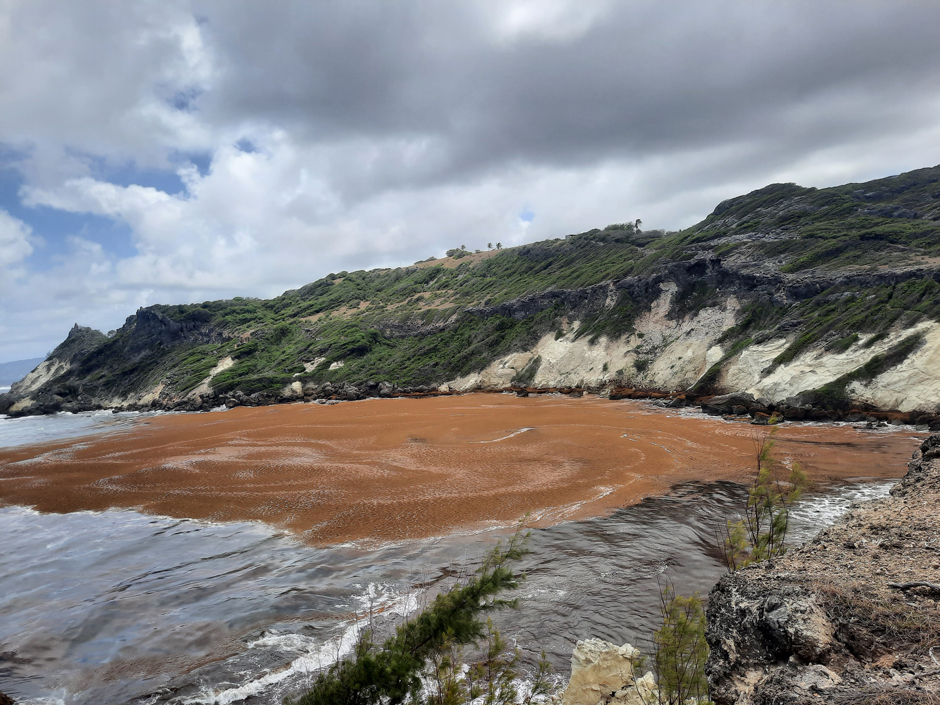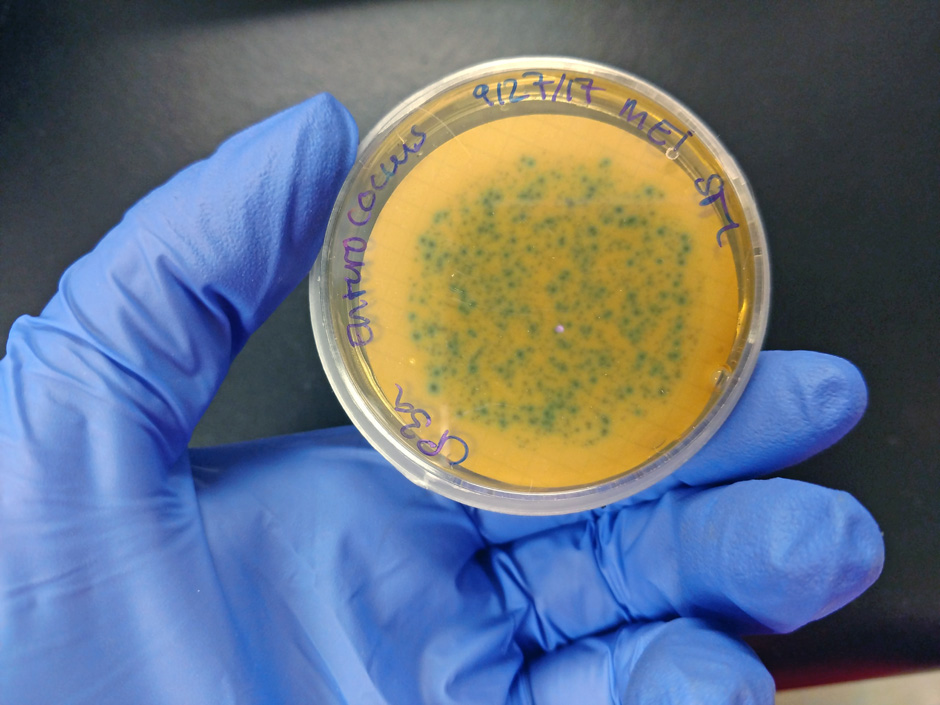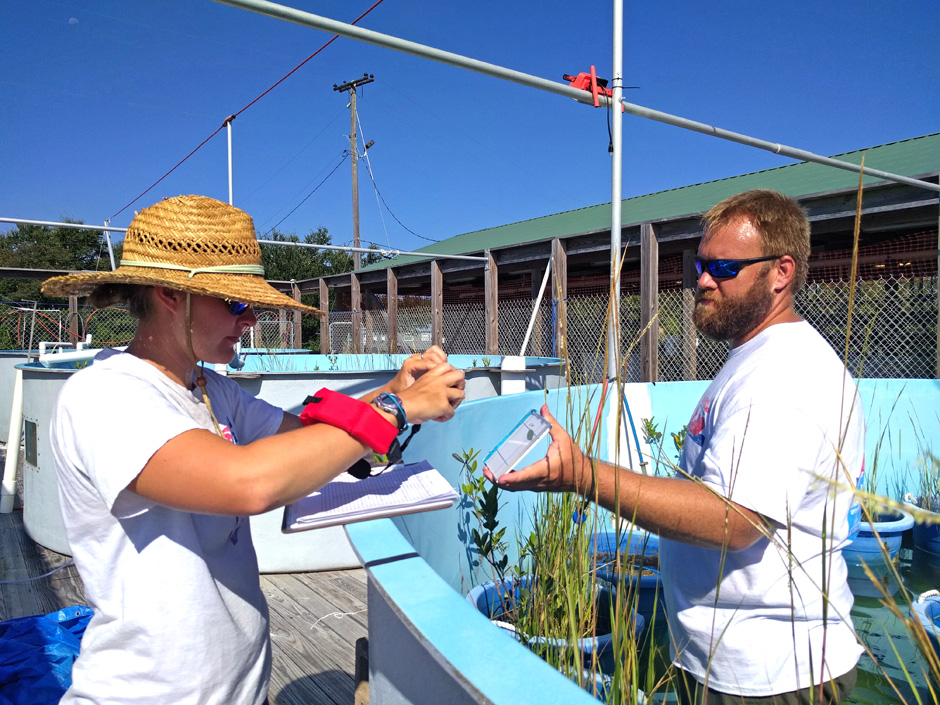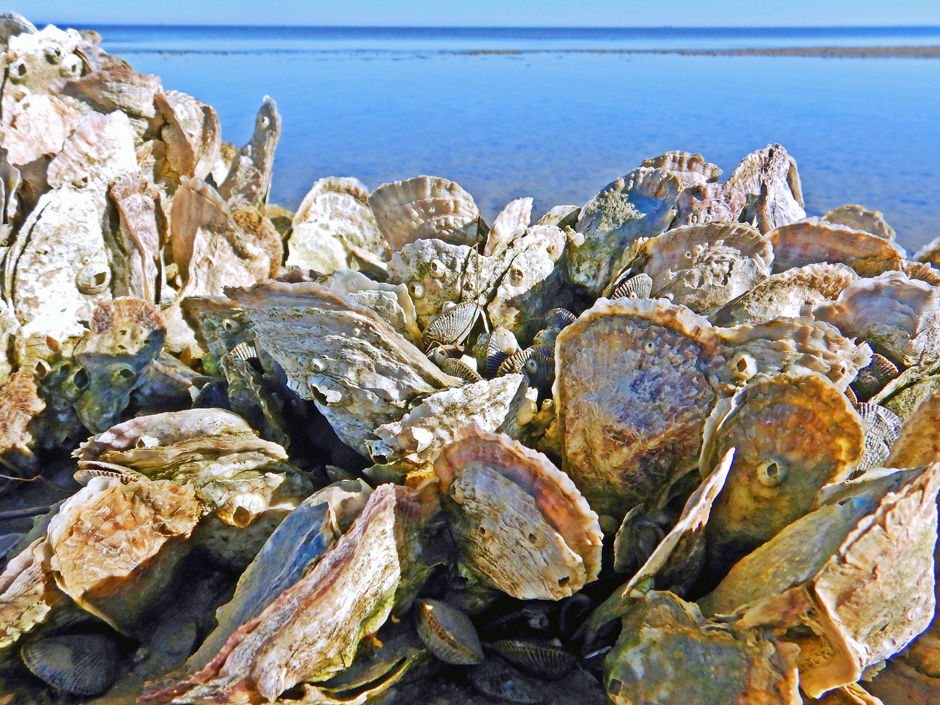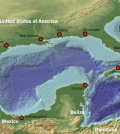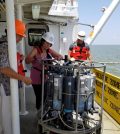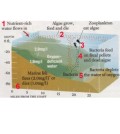Posts for tag "Gulf of Mexico"
Sargassum Surge: How Seaweed is Transforming our Oceans and Coastal Ecosystems
Until recently, Sargassum–a free-floating seaweed–was distributed throughout the Sargasso Sea, the north Caribbean Sea, and the Gulf of Mexico. But in the space of a decade, this seaweed has, as one scientist remarks, “Gone from a nonfactor...
- Posted March 24, 2025
Fecal Bacteria Rises with Sea Level on Texas Beaches
Fecal bacteria contaminates Texas beaches. Sea level rise makes it worse.
- Posted August 17, 2021
Exploring the Link between Biodiversity and Species’ Recovery After Oil Spills in the Gulf of Mexico
The ACER study utilized many types of data to explore the relationship between biodiversity and resilience for Gulf Coast flora and fauna following the Deepwater Horizon disaster. Biodiversity study subjects were from a wide range and included...
- Posted September 3, 2019
Building up Oysters: Coastal Conservation and Restoration by Harte Institute Helps Support Whole Shellfish Life Cycle
Harte Research Institute for Gulf of Mexico Studies and its partners work hard to restore reefs and oyster health, providing many benefits besides oysters for food.
- Posted June 13, 2019
The Long Shadow of Nitrogen Legacies in the Gulf of Mexico
Research modeling the path of nitrogen in soil and groundwater shows it will take longer for nitrogen recovery to unfold—but also shows efforts are working.
- Posted May 4, 2018
Gulf of Mexico Battles Expanding Dead Zone in Louisiana
Scientists from the Louisiana Universities Marine Consortium have been documenting a Gulf of Mexico dead zone for more than thirty years.
- Posted November 28, 2017
Researchers say Gulf of Mexico dead zone to be size of Connecticut in 2015
The Gulf of Mexico dead zone is predicted to be about 5,483 square miles this year, according to a recent press release from the National Oceanic and Atmospheric Administration. Also known as the hypoxic zone, the dead...
- Posted June 30, 2015


